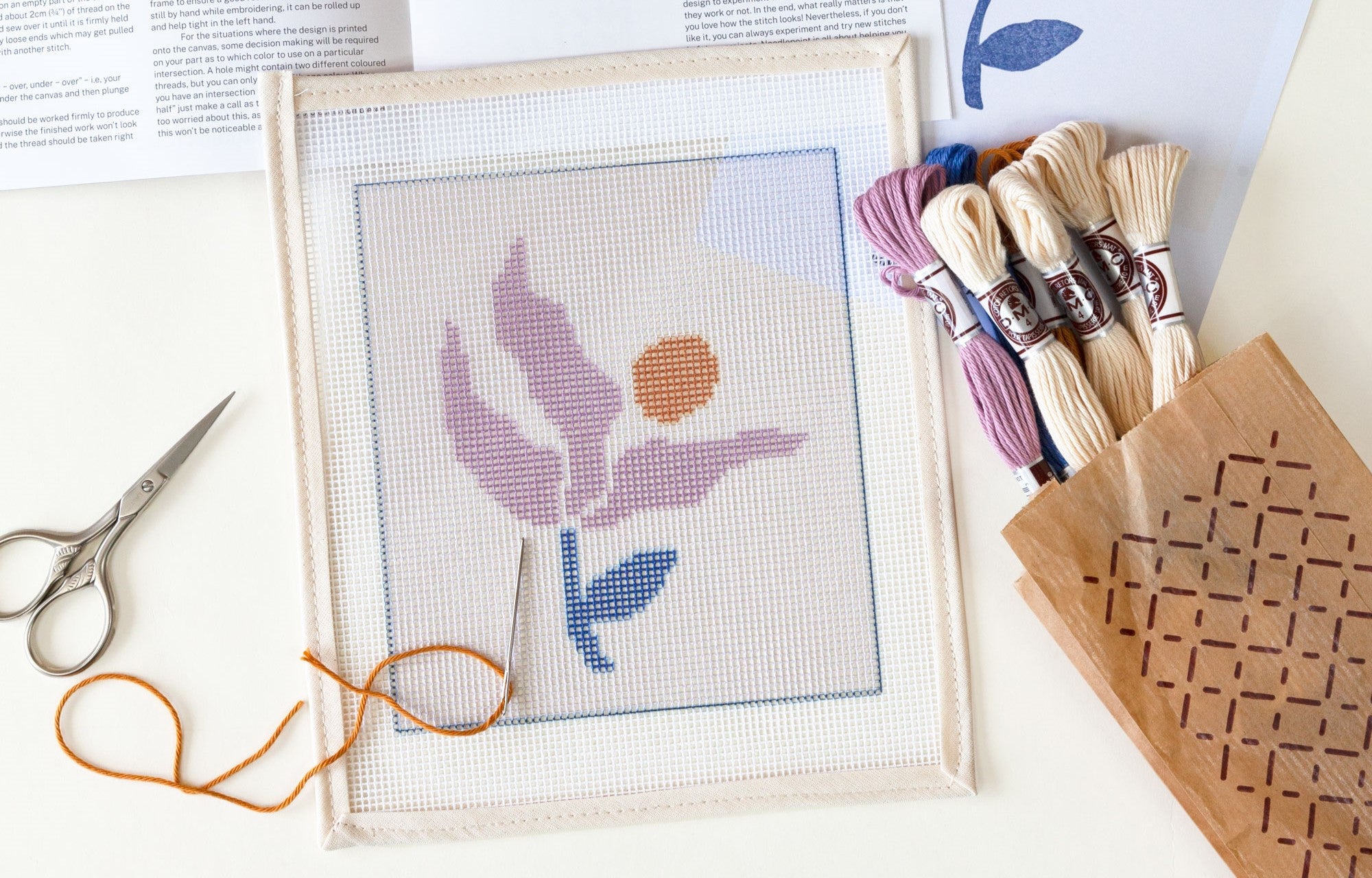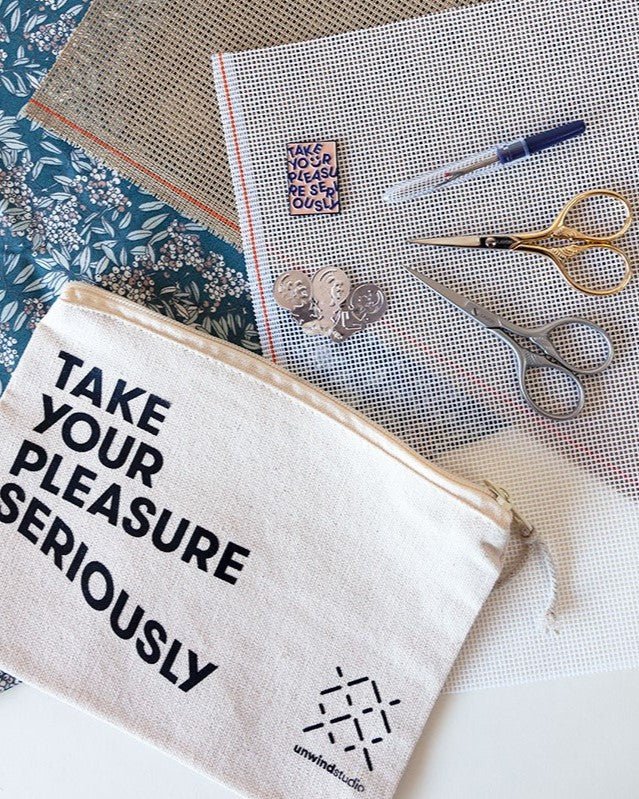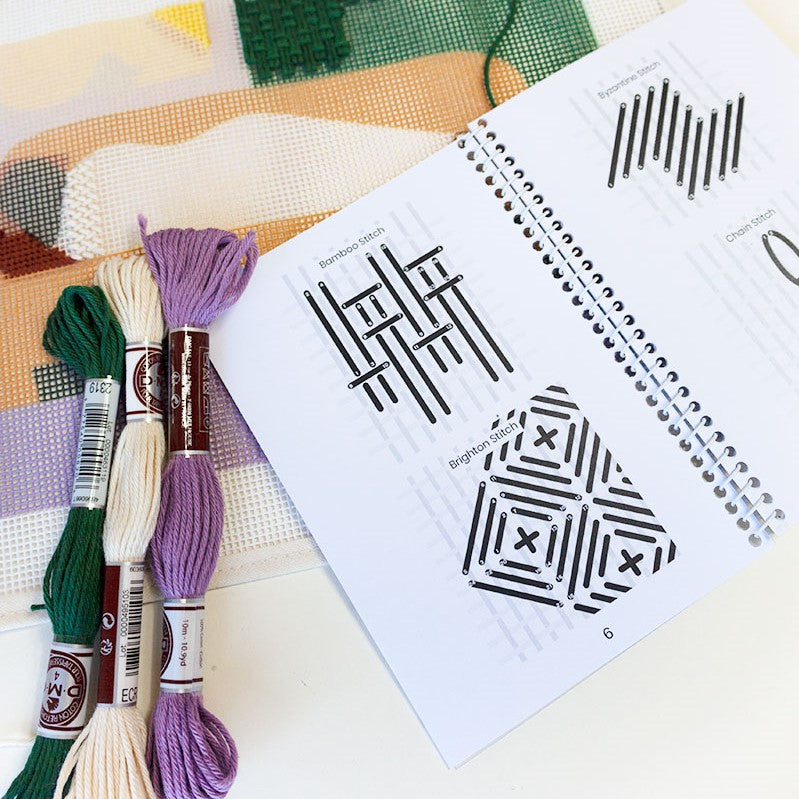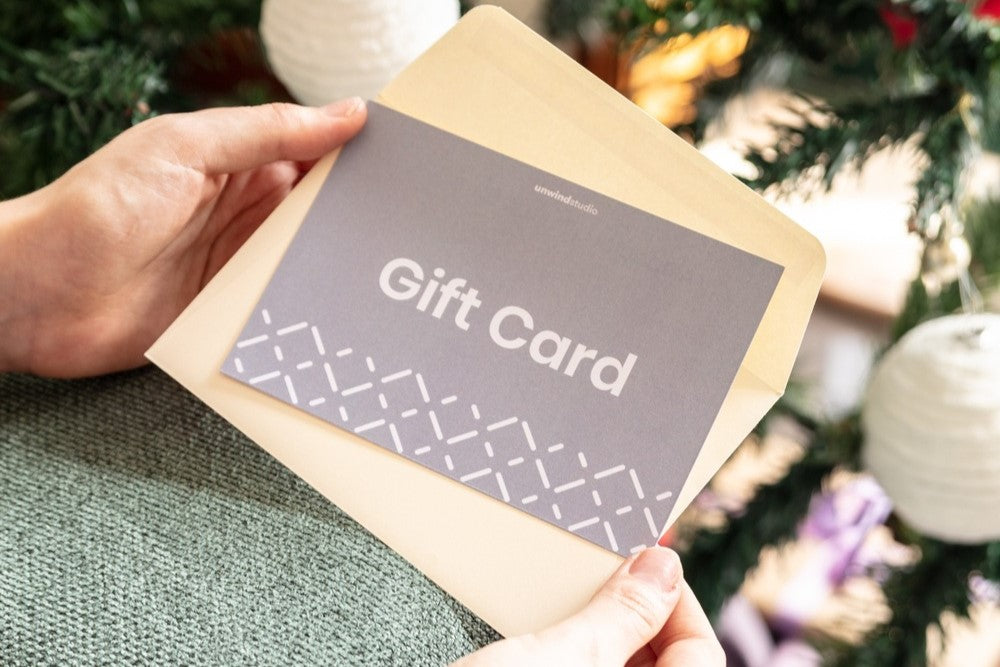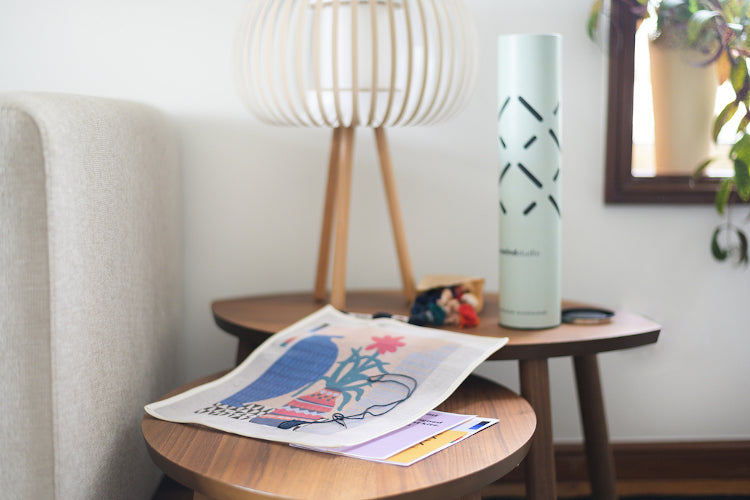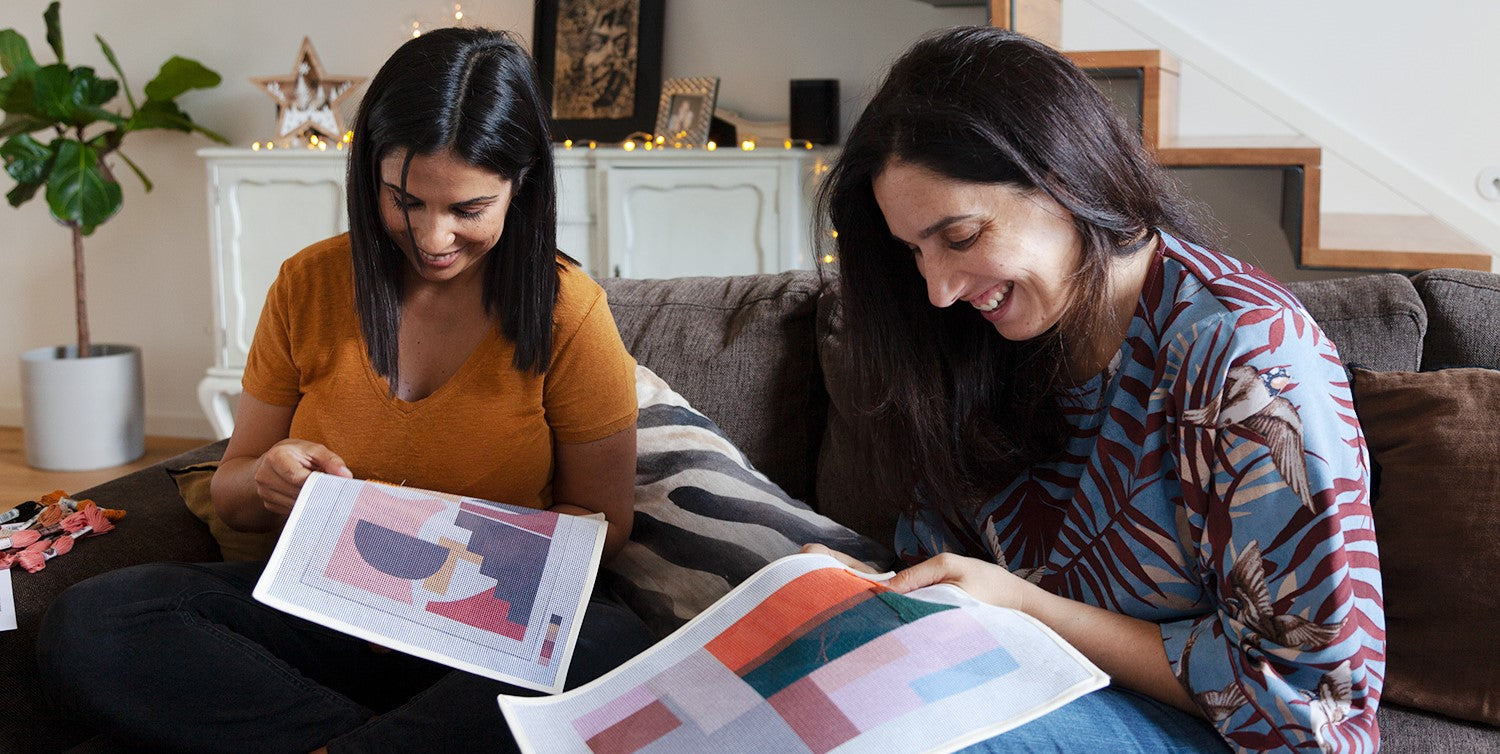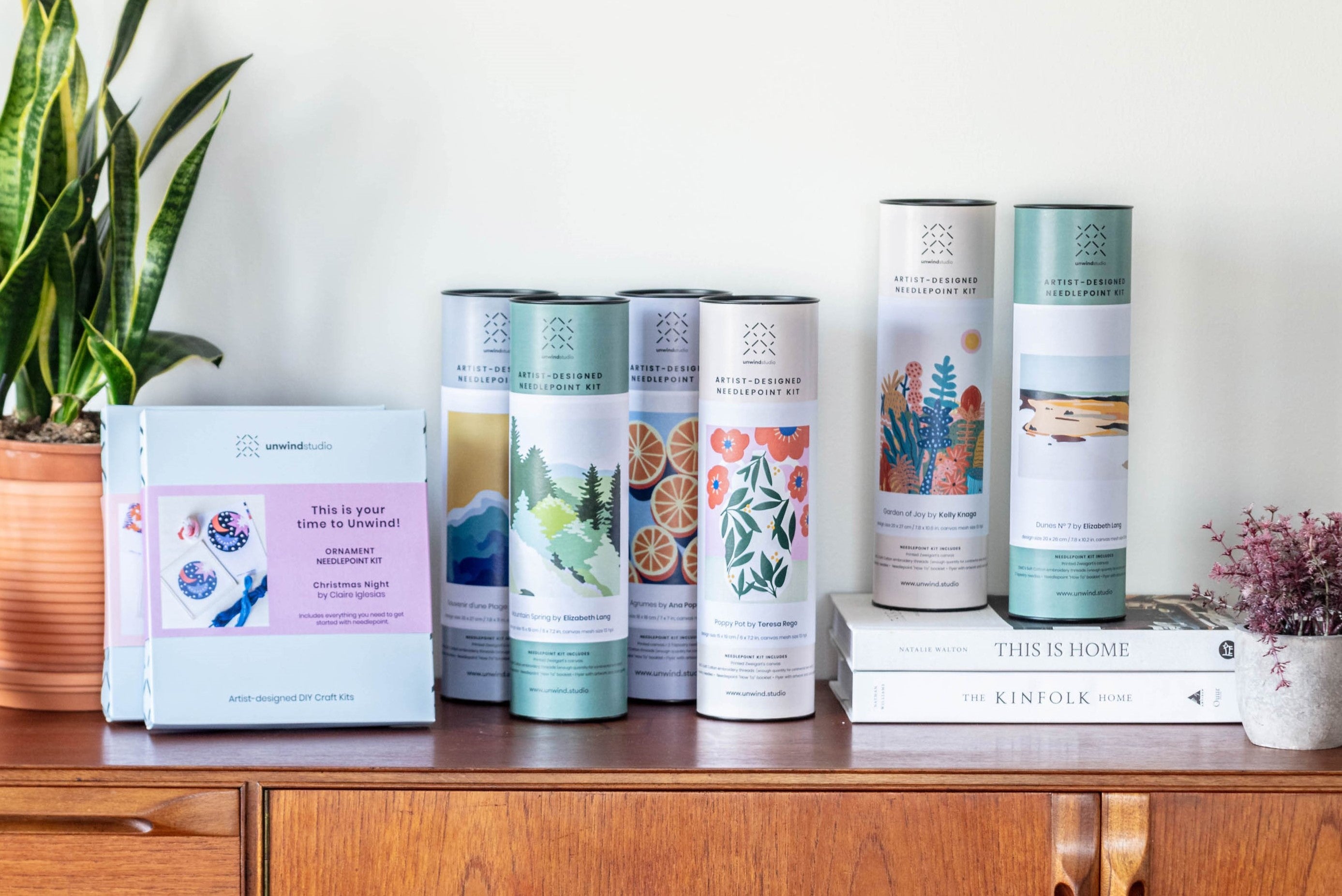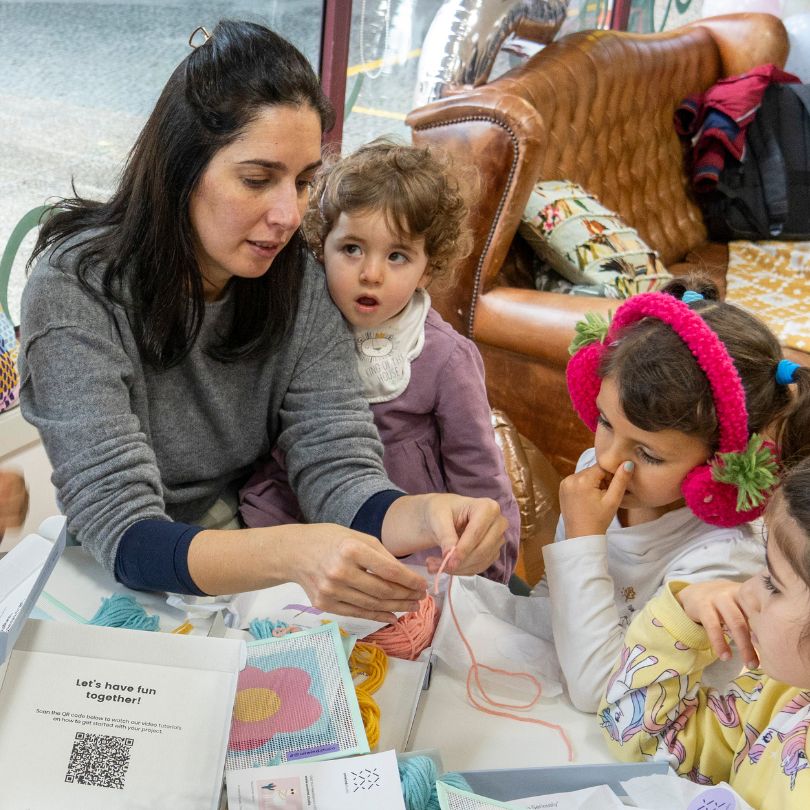Comment finir un porte-clés en tapisserie : Vidéo et mode d'emploi
La broderie au point de croix est un artisanat délicieux qui vous permet de créer des pièces uniques et personnalisées. Un porte-clés en broderie au point de croix est l'un des articles les plus fonctionnels et les plus charmants que vous puissiez fabriquer, tout en étant très facile et rapide à broder. Dans ce tutoriel, nous vous guiderons tout au long du processus de finition de votre porte-clés en broderie au point de croix , en intégrant quelques conseils importants pour garantir une finition professionnelle et durable.

Comment terminer un porte-clés en broderie - Tutoriel vidéo
Suivez notre tutoriel vidéo pour un guide visuel sur la façon de réaliser votre porte-clés. Cette vidéo couvre chaque étape en détail, ce qui la rend très facile à suivre !
Comment terminer un porte-clés en broderie avec double reliure - Tutoriel vidéo
Dans cette version, vous coudrez les deux moitiés du porte-clés ensemble, éliminant ainsi certaines étapes et certains matériaux, ainsi que la nécessité d'utiliser une machine à coudre.
C'est une façon plus simple et plus rapide de terminer votre projet. Tout dépend de la version finale que vous préférez !
Matériel dont vous aurez besoin
Avant de plonger dans les instructions, rassemblez les matériaux suivants :
- Toile au point de croix terminée pour le porte-clés
- Quincaillerie pour porte-clés
- Toile fusible (comme Heat N Bond) ou produit similaire
- Ruban en tissu ou en coton sergé
- Ciseaux
- Fer
- Machine à coudre (ou vous pouvez coudre à la main)
- Serviette ou chiffon à repasser (pour protéger votre broderie)
- Pince (pour fermer le matériel)
- Chiffon de protection (pour éviter de rayer le matériel)
Instructions étape par étape
-
Bloquez votre toile
- Avant de commencer, bloquez votre toile pour vous assurer que les bords sont droits et les coins à 90 degrés. Cette étape est cruciale pour obtenir une finition soignée et professionnelle.
-
Préparer et relier les bords
- Prenez votre toile cousue et utilisez un point de reliure sur les deux côtés longs du porte-clés. Bien que cette étape ne soit pas obligatoire, elle permet d'obtenir un bord net qui facilite le processus de finition.
- Coupez l'excédent de toile en laissant un surplus de couture d'un demi-pouce tout autour. Ce surplus empêche l'effilochage tout en garantissant que la couture reste intacte.
-
Coupez les coins et les coutures
- Coupez soigneusement les coutures et les coins afin qu'aucune toile ne se chevauche lorsque vous repliez les bords bruts vers l'arrière. Cela donnera une finition plus lisse une fois le porte-clés assemblé.
- Coupez soigneusement les coutures et les coins afin qu'aucune toile ne se chevauche lorsque vous repliez les bords bruts vers l'arrière. Cela donnera une finition plus lisse une fois le porte-clés assemblé.
-
Préparez le matériau de support
- Coupez votre sangle ou votre support en tissu légèrement plus court que votre zone de broderie, en laissant un espace d'environ 1/2" (1,27 cm). Cet ajustement est nécessaire car lorsque vous pliez le porte-clés, l'intérieur (la sangle) doit être plus court pour s'adapter à la courbe sans provoquer de fronces sur les bords.
- Coupez votre sangle ou votre support en tissu légèrement plus court que votre zone de broderie, en laissant un espace d'environ 1/2" (1,27 cm). Cet ajustement est nécessaire car lorsque vous pliez le porte-clés, l'intérieur (la sangle) doit être plus court pour s'adapter à la courbe sans provoquer de fronces sur les bords.
-
Fixer le support : deux méthodes
-
Méthode 1 : Ruban de bâti
- Appliquez du ruban de bâti sur les bords de l'envers de la sangle. Si votre sangle n'a pas de côté endroit ou envers clairement défini, l'un ou l'autre côté fera l'affaire.
- Retirez le film protecteur du ruban de bâti. Tout en gardant la pointe et la sangle légèrement courbées, alignez soigneusement et pressez les bords ensemble. Cette méthode permet de maintenir des coutures uniformes et est particulièrement utile pour les bords longs et droits.
-
Méthode 2 : Toile fusible (Heat N Bond)
- Placez la bande thermocollante sur le dos de votre toile à broder, côté bande vers le bas. Couvrez-la d'une serviette ou d'un chiffon à repasser et appliquez une pression avec un fer à repasser pendant environ 15 secondes pour coller la bande à la toile.
- Une fois fixé, retirez le support en papier de la bande thermofusible, placez votre tissu dessus et répétez le processus de repassage pour fixer le tissu à la pointe de l'aiguille.
-
-
Coudre les bords
- Après avoir fixé le support, cousez les bords pour fixer davantage le tissu. Si vous utilisez une machine à coudre, veillez à utiliser du fil transparent sur le dessus et un fil correspondant à votre matériau de support dans la canette. Cousez avec le côté de la pointe vers le haut, car le tissu de support est généralement plus fin et pourrait se déplacer s'il est placé dessus.
-» si vous n'êtes pas encore à l'aise avec la couture, regardez notre tutoriel étape par étape pour apprendre à le faire facilement !
- Après avoir fixé le support, cousez les bords pour fixer davantage le tissu. Si vous utilisez une machine à coudre, veillez à utiliser du fil transparent sur le dessus et un fil correspondant à votre matériau de support dans la canette. Cousez avec le côté de la pointe vers le haut, car le tissu de support est généralement plus fin et pourrait se déplacer s'il est placé dessus.
-
Couper l'excédent de support
- Coupez l'excédent de tissu ou de sangle afin qu'il s'aligne parfaitement avec les bords de la broderie. Cette étape garantit une finition soignée lorsque vous pliez et fixez le matériel.
- Coupez l'excédent de tissu ou de sangle afin qu'il s'aligne parfaitement avec les bords de la broderie. Cette étape garantit une finition soignée lorsque vous pliez et fixez le matériel.
-
Fixez le matériel
- Alignez le matériel avec les extrémités courtes de votre pièce de broderie. Insérez ces extrémités dans le matériel, en vous assurant que tout est correctement positionné.
- Alignez le matériel avec les extrémités courtes de votre pièce de broderie. Insérez ces extrémités dans le matériel, en vous assurant que tout est correctement positionné.
-
Fixez le matériel avec une pince
- À l'aide d'une pince et d'un chiffon de protection pour éviter de rayer les pièces, pincez-les pour les fermer. Appliquez une pression ferme pour vous assurer que les pièces sont solidement fixées et qu'elles ne se détacheront pas à l'usage.
Conclusion
Votre porte-clés en broderie est maintenant terminé ! Ce petit mais charmant accessoire est non seulement pratique, mais aussi une merveilleuse façon de mettre en valeur vos talents de broderie. Que ce soit pour un usage personnel ou un cadeau fait main, votre porte-clés terminé sera certainement un objet précieux.
Nous espérons que ce tutoriel vous a été utile. N'hésitez pas à consulter nos autres tutoriels et articles de blog pour découvrir d'autres projets de broderie et d'inspiration créative. Bonne couture !


